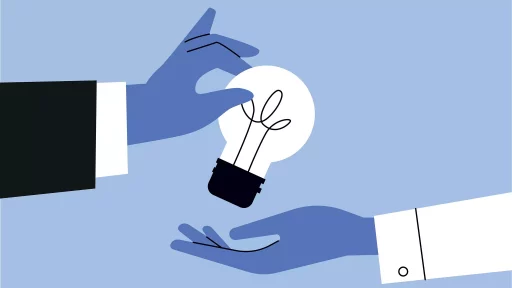Introduction to Electricity
Electricity is a fundamental aspect of modern life, powering almost every aspect of our daily routines. But what exactly is electricity? In simple terms, electricity is the flow of electric charge through a conductor. This flow of charge creates energy that can be harnessed to perform various tasks.
Types of Electricity
- Direct Current (DC): This type of electricity flows in one direction, commonly found in batteries and simple electronic devices.
- Alternating Current (AC): AC changes direction periodically, used in homes and industries for powering appliances and machinery.
How Electricity is Generated
Electricity can be generated from various sources such as fossil fuels, nuclear power, hydroelectric dams, wind turbines, and solar panels. These sources convert energy into electrical power that is then transmitted through power lines to homes and businesses.
Case Studies
In 2020, the United States generated approximately 4 trillion kilowatt-hours of electricity, with coal, natural gas, and renewable sources making up the majority of this production. China, the world’s largest electricity producer, generated over 7 trillion kilowatt-hours in the same year, predominantly from coal-fired power plants.
Impact of Electricity
Electricity has revolutionized industries, transportation, communication, and healthcare. It has improved living standards, increased productivity, and enhanced connectivity globally. However, the over-reliance on fossil fuels for generating electricity has led to environmental concerns such as climate change and air pollution.
Future of Electricity
The future of electricity lies in renewable energy sources such as solar, wind, and hydro power. Countries around the world are investing in clean energy technologies to reduce carbon emissions and combat climate change. Advancements in energy storage, smart grids, and electric vehicles are also shaping the future of electricity usage.





